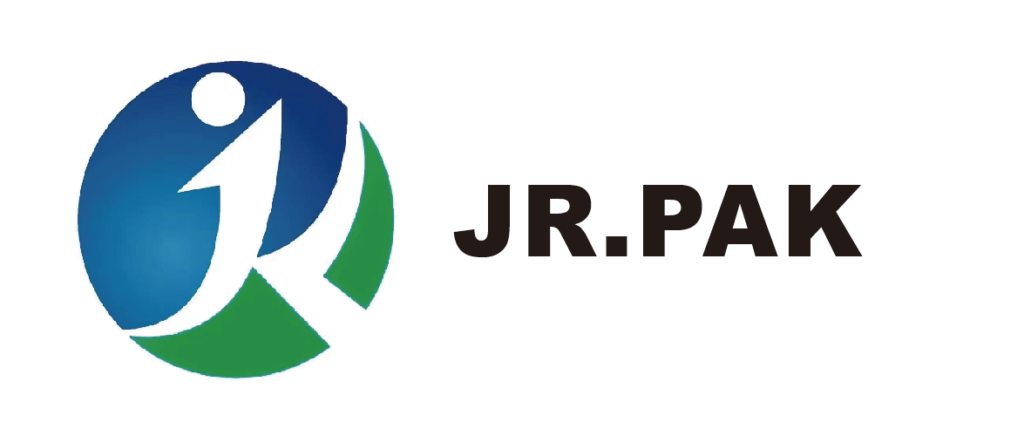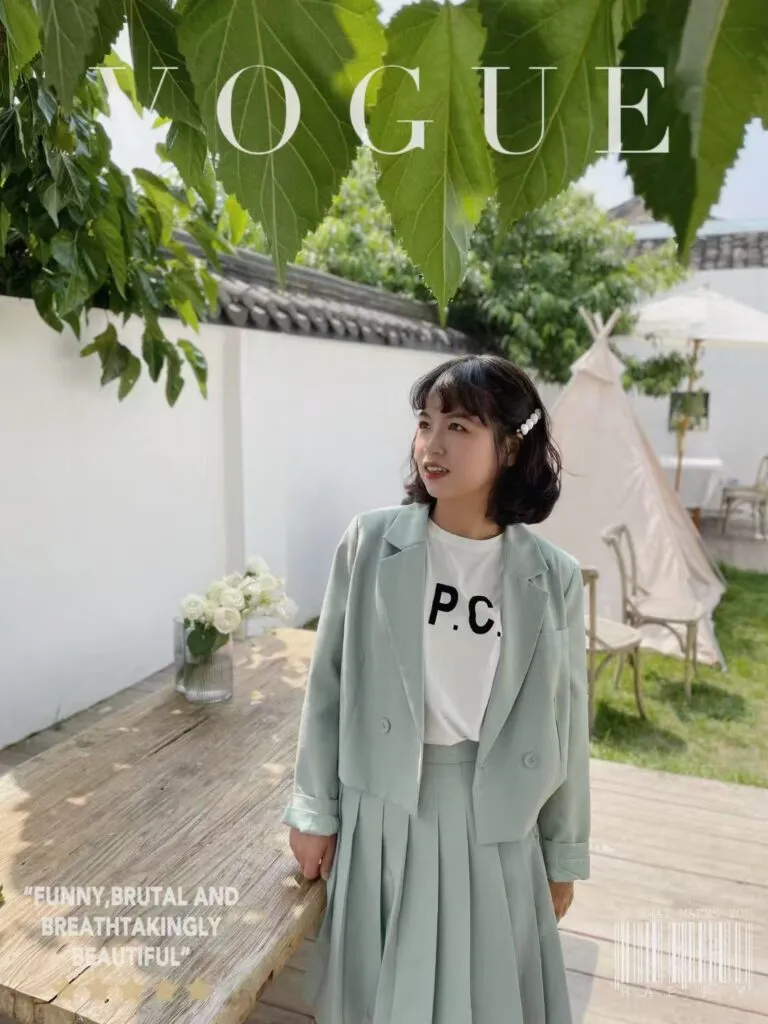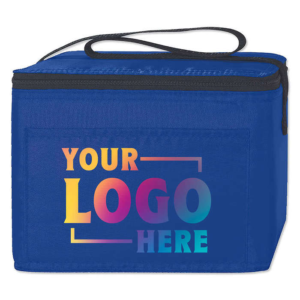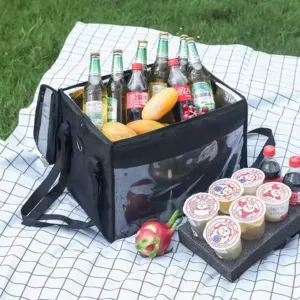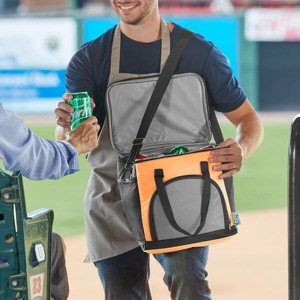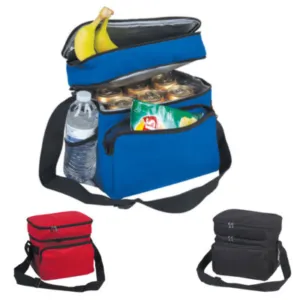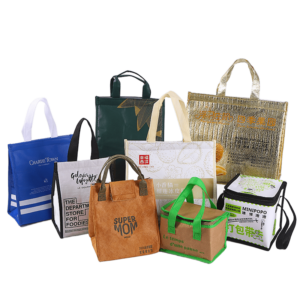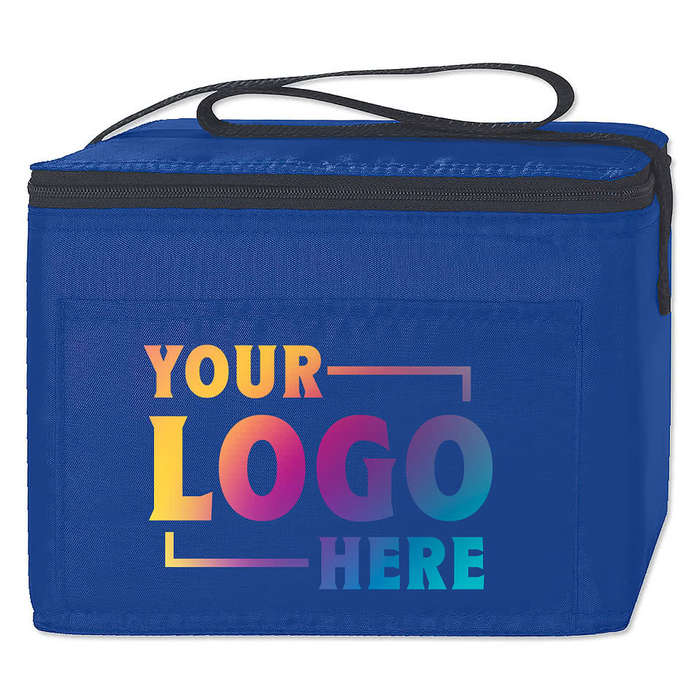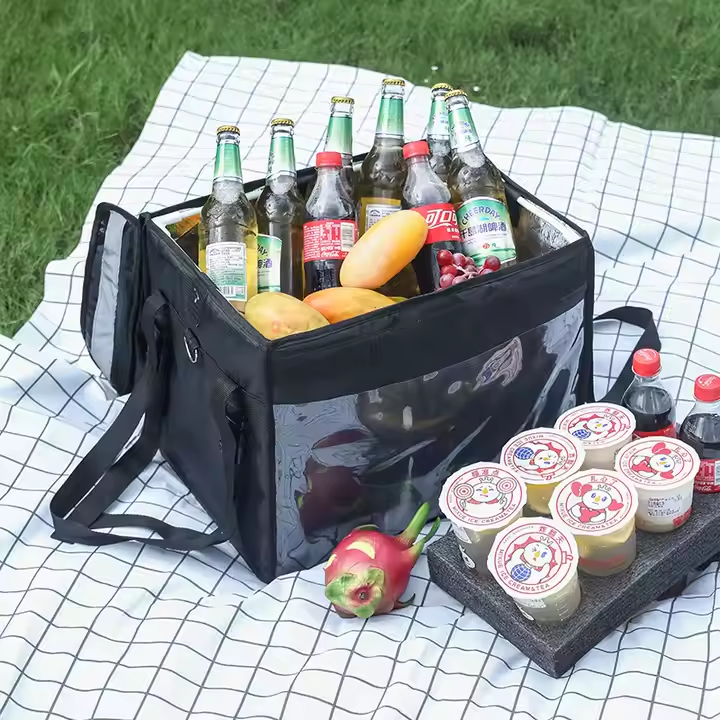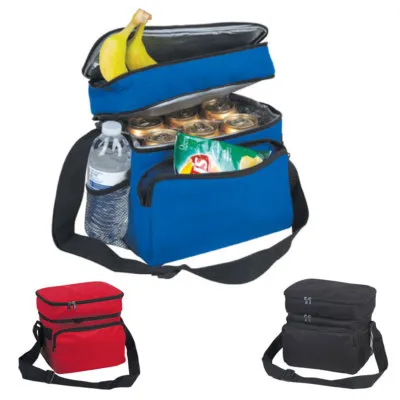Designing your first PP woven bag can be exciting, but it’s easy to make costly mistakes. This article outlines six common errors to avoid, helping you create a bag that meets performance needs, enhances usability, and reflects your brand effectively.
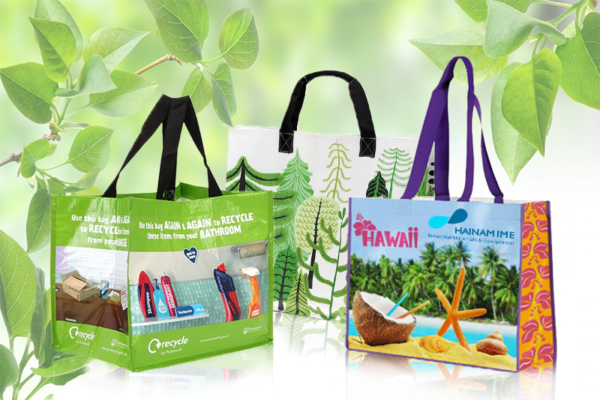
Avoiding design flaws[^1] in PP woven bags helps ensure product safety[^2], long-term durability, and strong branding from the start.
Let’s explore the most frequent pitfalls new buyers face—and how to avoid them.
Incorrect Size and Dimensions
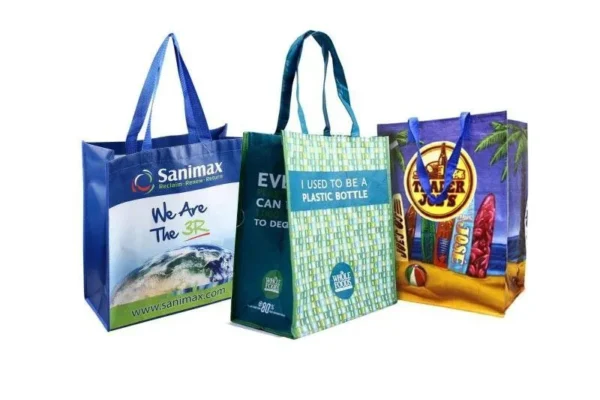
Dive Deeper
Size selection is more than just guesswork. A common mistake is underestimating the volume or dimensions of your contents. If the bag is too small, it won’t fit the product. If it's too large, you waste material and handling efficiency. Overly loose bags can collapse or tear during stacking or filling.
Always prototype with physical samples before full production. Mock fills help confirm capacity, shape retention, and stacking stability. Include tolerances for fill expansion or air volume where relevant. Use internal dimensions as your reference—not flat measurements.
Dimension Checklist
| Error Type | Result | How to Avoid |
|---|---|---|
| Bag too small | Product doesn’t fit properly | Test with filled prototypes |
| Bag too large | Wasted material, poor stacking | Optimize for pallet size |
| Flat vs gusset mixup | Unstable bag shape | Define exact fill profile |
Correct dimensions mean better performance and cost control.
Ignoring Load Requirements and Material Thickness
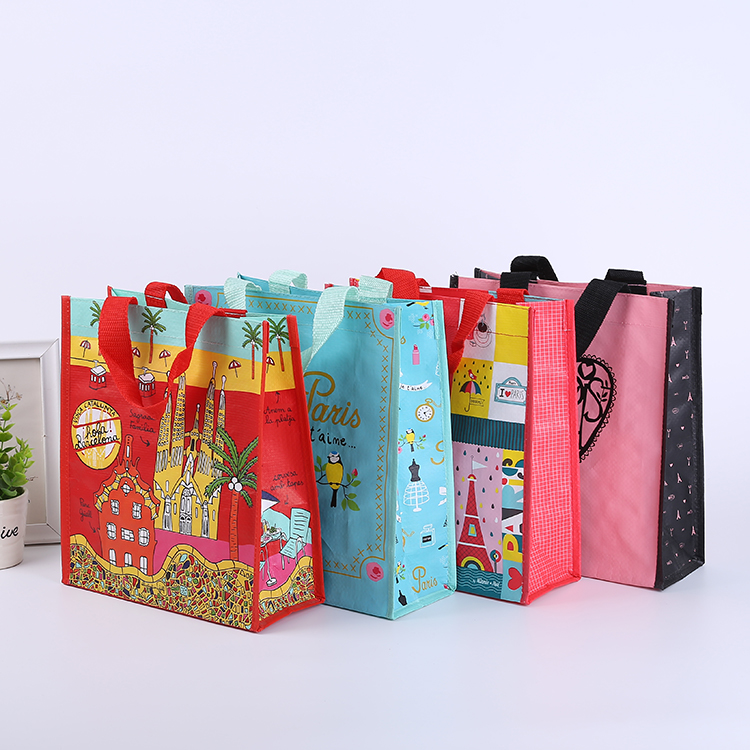
Dive Deeper
Another common error is choosing the wrong fabric weight (GSM). If the bag will carry heavy or sharp-edged goods, it needs thicker fabric and proper seam reinforcement. Thin bags may save costs but risk product loss due to punctures or rupture during transit.
Different products demand different strength ratings. For example, 50–60 GSM may work for textiles but not for cement or fertilizer. Work with your supplier to define safe weight limits and request burst tests[^3] or tensile strength data to validate.
Load Considerations
| Product Type | Suggested GSM | Additional Reinforcement |
|---|---|---|
| Lightweight goods | 50–60 GSM | None |
| Grains/Food | 70–80 GSM | Hemmed top + lined bottom |
| Construction use | 90–120 GSM | Double-stitched seams |
Always match GSM to product weight to avoid costly failures.
Using Low-Quality Materials
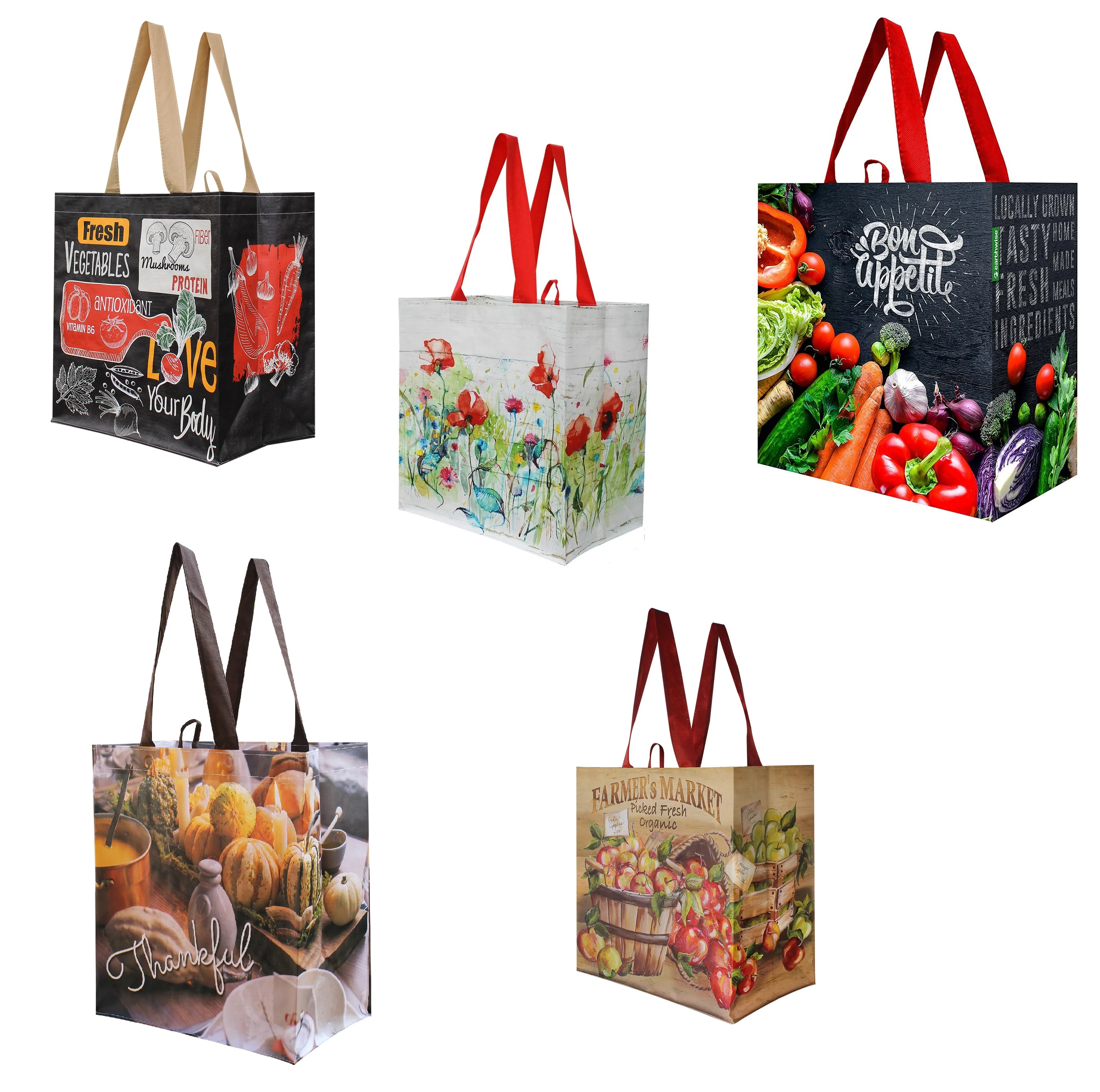
Dive Deeper
Not all polypropylene is equal. Low-grade or recycled resin may contain contaminants or result in weak fibers. This causes uneven fabric density, tearing at stress points, or failures during stitching. It can also lead to visual issues like transparency or inconsistent color.
Procurement should specify virgin resin[^4] if maximum strength is needed. If eco-claims are important, ask for verified reprocessed content with test data. Confirm whether additives are used to improve clarity, UV resistance, or flexibility.
Resin Quality Comparison
| Material Source | Pros | Cons |
|---|---|---|
| Virgin PP resin | Maximum strength, clarity | Higher cost |
| Mixed (rework) PP | Lower cost, eco value | Variable strength |
| Recycled-only PP | Cost-saving | High risk of inconsistency |
Ensure material quality aligns with product expectations and usage cycles.
Neglecting Proper Seaming and Stitching
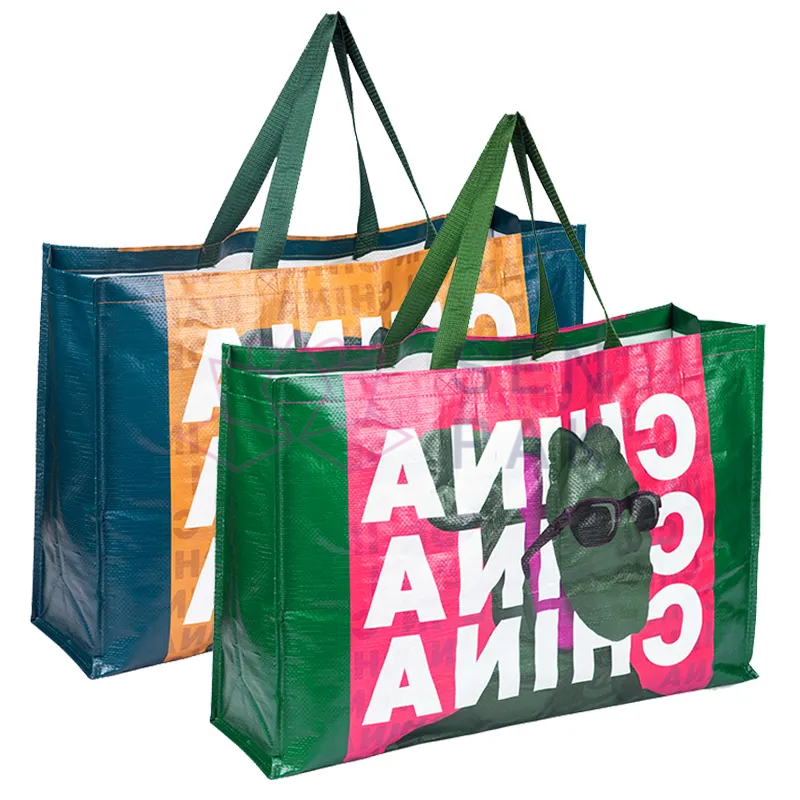
Dive Deeper
Even the best material fails if seams are weak. Poor stitching leads to leakage, fraying, or bag failure during filling and lifting. Key factors include stitch type, density (stitches per inch), thread material, and finish type. Machine calibration also affects seam strength.
Heavy loads need 2 or more stitched lines and heat-cut or folded edges to prevent unraveling. For high-value products, bottom sealing and top hemming improve visual appeal and security. Seams should be tested under drop and tension loads during QA.
Stitching Guidelines
| Stitching Error | Result | Recommended Solution |
|---|---|---|
| Low stitch count | Seam opens easily | Use 5–7 stitches/inch |
| Loose thread ends | Frays over time | Apply heat-cutting or hemming |
| Weak bottom seam | Leakage/spillage | Reinforce with second pass |
Investing in proper stitching ensures your bag survives handling stress.
Overlooking Moisture and UV Protection
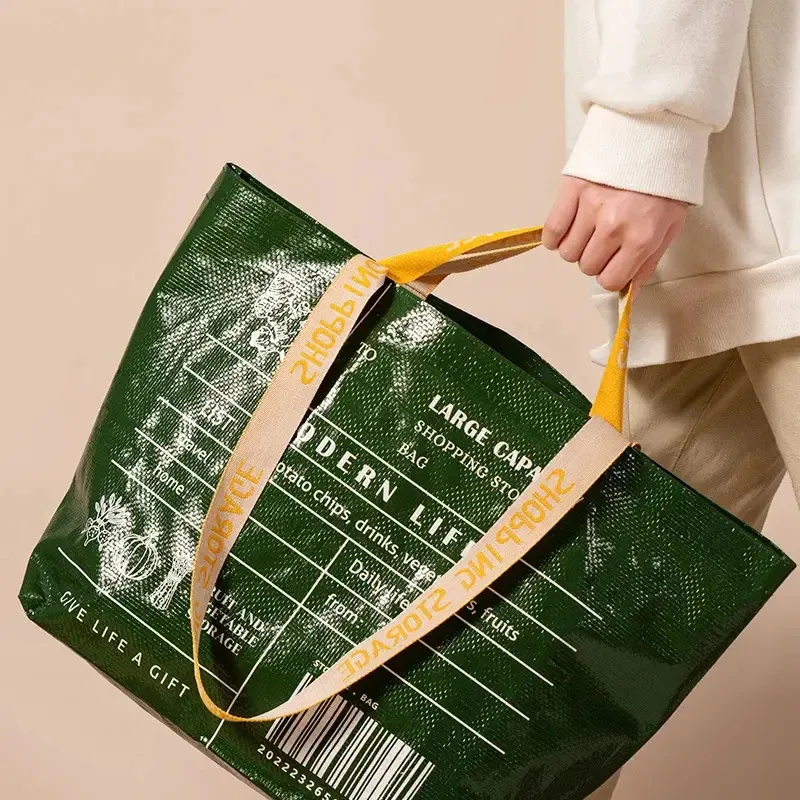
Dive Deeper
PP woven bags are plastic-based, but they are still vulnerable to sunlight and water. In humid or rainy environments, non-laminated bags absorb moisture, damaging both packaging and contents. Prolonged UV exposure weakens bag fibers, causing brittleness or color fade.
Laminated coatings (like BOPP film) provide water resistance and print protection. UV additives[^5] can extend outdoor life up to 3000 hours. Always evaluate storage and transport conditions. Use inner liners if contents require complete sealing from external exposure.
Environmental Protection Options
| Hazard | Symptom | Recommended Protection |
|---|---|---|
| Humidity/rain | Softening, mold | Laminated or lined bags |
| UV sunlight | Cracking, color fading | UV-stabilized resin coating |
| Warehouse dust | Staining, poor hygiene | Coated surface + shrink wrap |
Environmental durability protects both product value and brand reputation.
Forgetting Functional and Branding Details
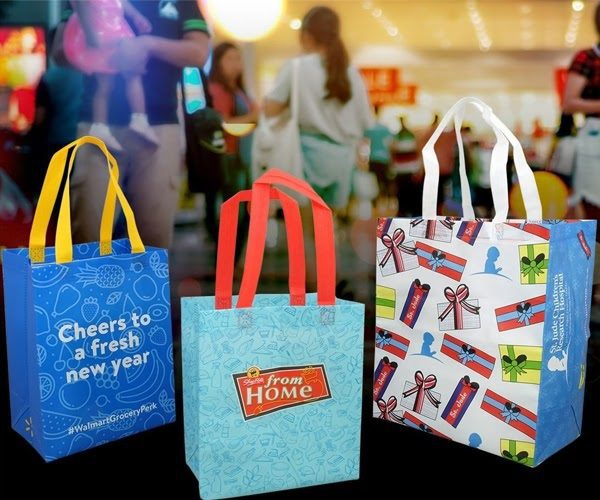
Dive Deeper
Functionality includes not just carrying capacity, but also ease of use. Without gussets, the bag may not stand or fill evenly. Without handles, it’s harder to transport. Lacking liners or drawstrings can lead to spillage or contamination.
Equally important is branding. A blank or poorly printed bag fails to promote your product. Colors should be consistent, and text must be readable even after storage or shipping. Printing method and ink choice affect clarity, smudge resistance, and shelf appeal.
User & Branding Tips
| Feature | Purpose | Common Issues to Avoid |
|---|---|---|
| Handles/gussets[^6] | Easy carry/fill shape | Weak glue or missing fold |
| Custom print | Brand recognition | Misalignment, blurry fonts |
| Ink durability | Storage performance | Smudging, fading |
Details matter. A well-designed bag adds both function and visual value.
Conclusion
Designing your first PP woven bag is a critical step toward packaging success. Avoiding mistakes like wrong size, poor seams, or cheap materials ensures better performance, lower risk, and happier customers.
At JiaRong Packing, we’ve helped hundreds of businesses customize bags that protect products and build brand trust. Contact us for tailored guidance—we can sample sizes, recommend GSM levels, or adjust features to match your use case.
Have you designed a PP woven bag before? Share your biggest challenge or lesson in the comments!
---
[^1]: Learn strategies to prevent common design flaws that can impact product safety and usability.
[^2]: Understand the essential factors that contribute to product safety in packaging.
[^3]: Learn about burst tests and their role in ensuring bag safety and reliability.
[^4]: Explore the benefits of using virgin resin for maximum strength in packaging.
[^5]: Explore how UV additives can extend the life of packaging materials.
[^6]: Find out how gussets can enhance the usability and shape of bags.